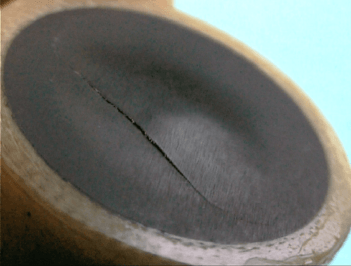In contrast with ultrasound imaging, therapeutic ultrasound involves technologies and procedures which may present risks to the patient. These risks, resulting from the high power levels required, must be taken into account at the earliest stages in the design of a therapeutic application. The identification of patient risks must be taken into consideration in the design of HIFU transducers, and solutions must be put in place to prevent the deleterious consequences of transducer misuse or failure.
Among the main risks identified, we can consider the following failure modes:
- over (or under) estimation of acoustic power,
- lack of control of the acoustic beam,
- lack of localization of the targets to be treated,
- transducer damage or failure,
- error in operation.
For each mode of failure, possible causes must be sought out and solutions must be defined for their prevention.
To take this need into account, we recommend (see related paper below) conducting a deep failure mode analysis of the system and its potential effects, including shared knowledge of the transducer structure, the structure and behaviour of the electrical excitation circuits, and the various conditions of use of the transducer in its environment.
This action can be undertaken though a Failure Mode and Effects Analysis method (FMEA).
 Broken transducer front face due to an excessive applied power (twice the maximal acceptation excitation level)
Broken transducer front face due to an excessive applied power (twice the maximal acceptation excitation level)
In addition, ageing tests aimed at evaluating the stability of operation and the length of life of the devices help test the appropriateness of the transducer design according to the conditions of use.